Royal baby: 8 unusual traditions following births
Royal babies don’t automatically receive royal titles
Your support helps us to tell the story
From reproductive rights to climate change to Big Tech, The Independent is on the ground when the story is developing. Whether it's investigating the financials of Elon Musk's pro-Trump PAC or producing our latest documentary, 'The A Word', which shines a light on the American women fighting for reproductive rights, we know how important it is to parse out the facts from the messaging.
At such a critical moment in US history, we need reporters on the ground. Your donation allows us to keep sending journalists to speak to both sides of the story.
The Independent is trusted by Americans across the entire political spectrum. And unlike many other quality news outlets, we choose not to lock Americans out of our reporting and analysis with paywalls. We believe quality journalism should be available to everyone, paid for by those who can afford it.
Your support makes all the difference.Prince Harry and Meghan Markle have announced the birth of their second child, a daughter named Lilibet Diana Mountbatten-Windsor.
Earlier in the year, Princess Eugenie, gave birth to a baby boy named August Philip Hawke Brooksbank.
To celebrate the new arrivals we took a closer look at some of the most bizarre royal birth traditions.
Royal babies are delivered by a royal gynaecologist
As per tradition, a royal child is delivered with the assistance of at least one royal doctor.
The current royal surgeon-gynaecologist is Alan Farthing, while the royals’ consultant obstetrician is Guy Thorpe-Beeston.
Both medical professionals helped deliver the Duke and Duchess of Cambridge’s three children, Prince Louis, Prince George and Princess Charlotte.
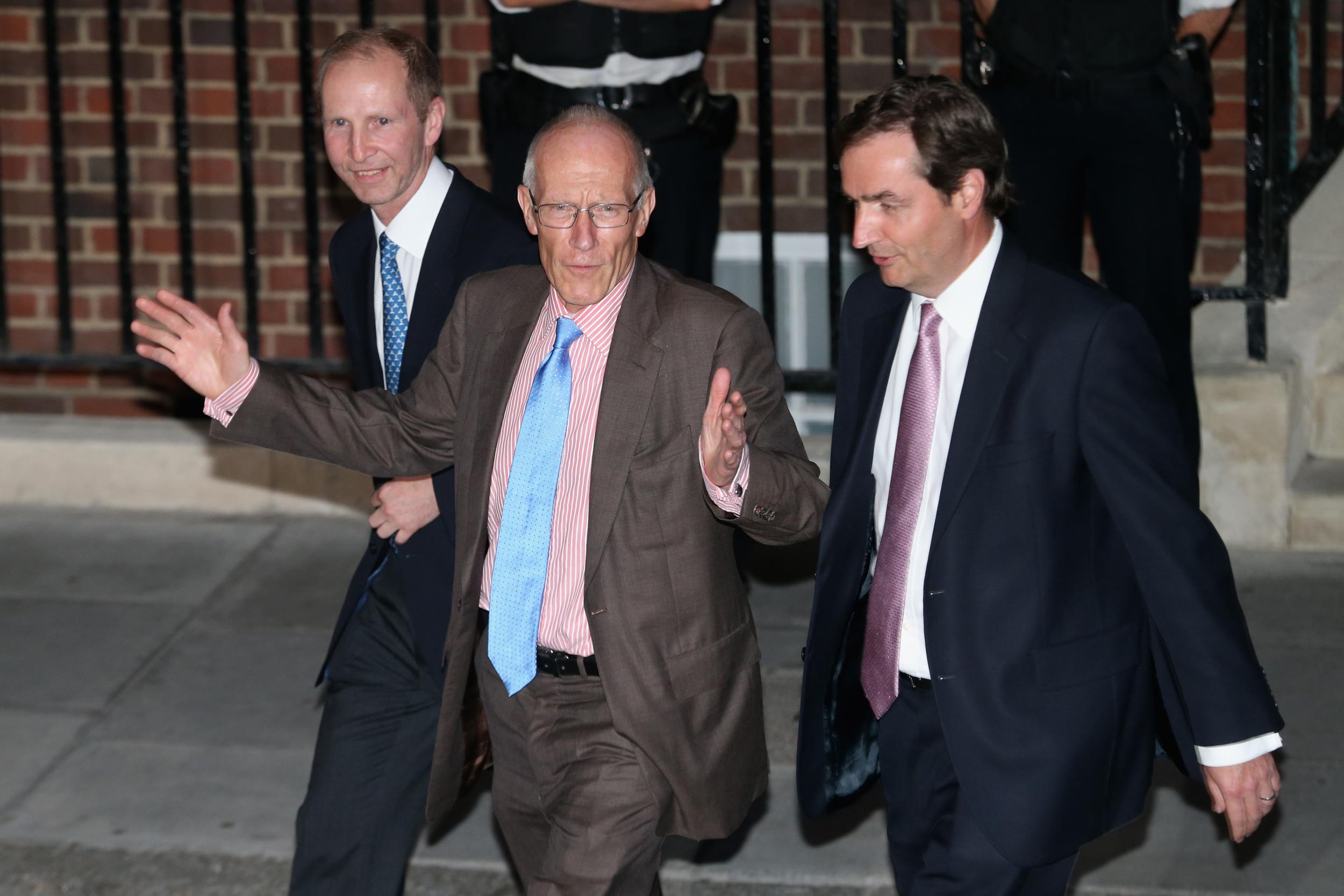
Sir Marcus Setchell, who was Queen Elizabeth II's surgeon-gynaecologist and who delivered Prince George, has since retired.
In his only interview about Prince George’s birth, Sir Marcus described the midwifery team as “perfectly wonderful”.
During an interview on Woman's Hour' BBC Radio 4, the gynaecologist added: "You just keep reminding yourself that although it's very important, for the couple and the about-to-be-born baby, it's just another healthy young couple giving birth to a hopefully very healthy baby.
"And I constantly reminded myself of that so that the pressures of the hundreds of media people outside the hospital didn't affect me, at least not more than minimally."
The parents don’t always have custody of their children
A law enacted more than three centuries ago means that the sovereign has full legal custody of their minor grandchildren.
The law, called “The Grand Opinion for the Prerogative Concerning the Royal Family,” was introduced by King George I in 1717.
“George I did not get along with his son, the future George II,” explains royal expert Marlene Koenig previously to The Independent.
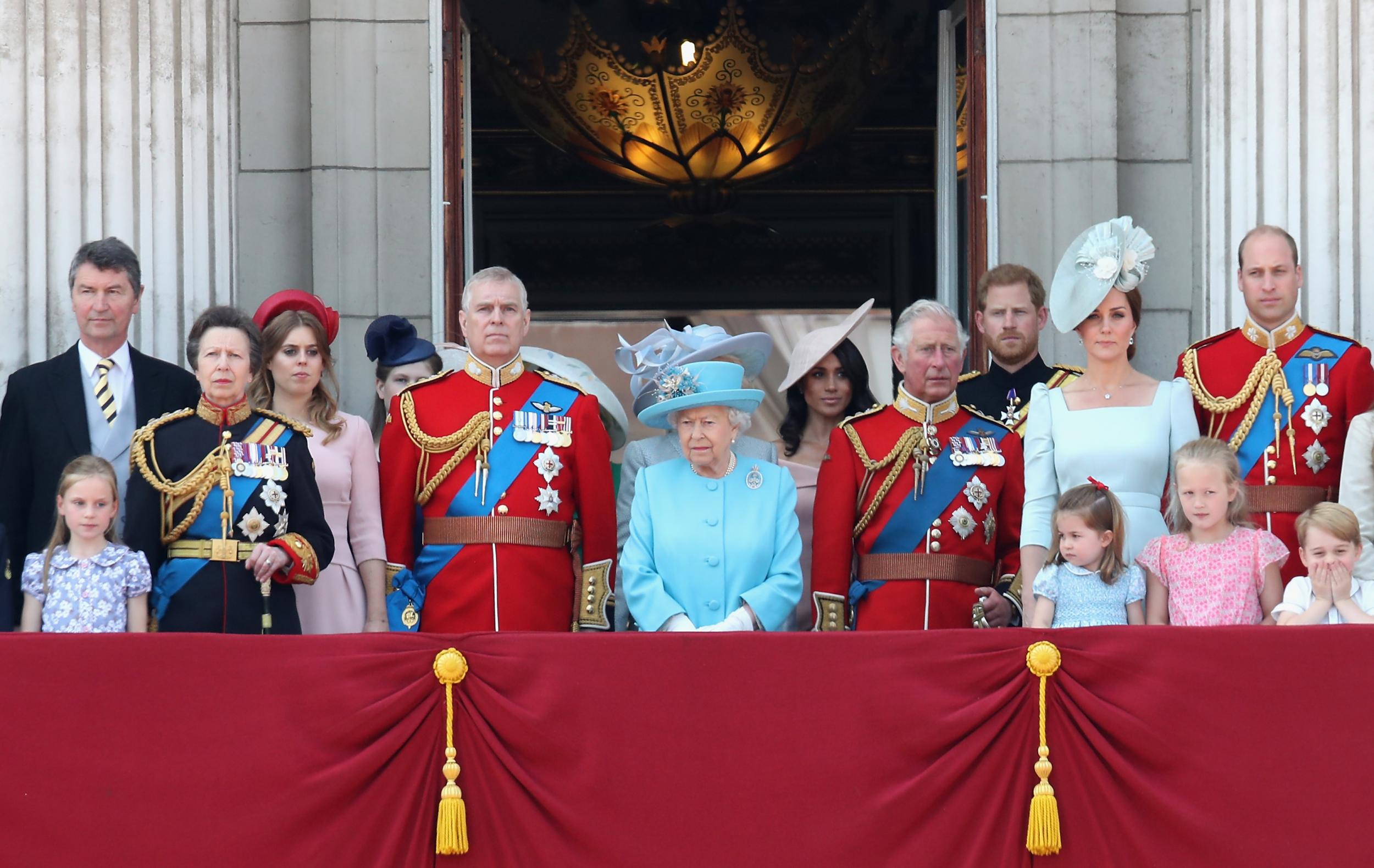
“I believe it came about when the Prince of Wales [George II] did not want to have the godparent for his son that his father wanted - so George I got Parliament to come up with something.”
An annual register published in 1772 states that the then King had the care of the royal children and grandchildren, and the presumptive heir to the crown.
However, while law dictates that the Queen legally has custody of her minor grandchildren, Koenig doesn’t think she would ever act upon the right.
“I would doubt that the Queen would interfere. [It’s] more of a formality,” she says.
“I think the Queen has let her children raise their kids.”
The birth announcement is displayed on an easel
A royal birth is traditionally announced via a bulletin placed on an easel in the forecourt of Buckingham Palace.
The framed typewritten bulletin, which is commonly brought out of the Privy Purse door after it is driven to the palace by car from the birth, is signed by the medical team which attends the royal birth.
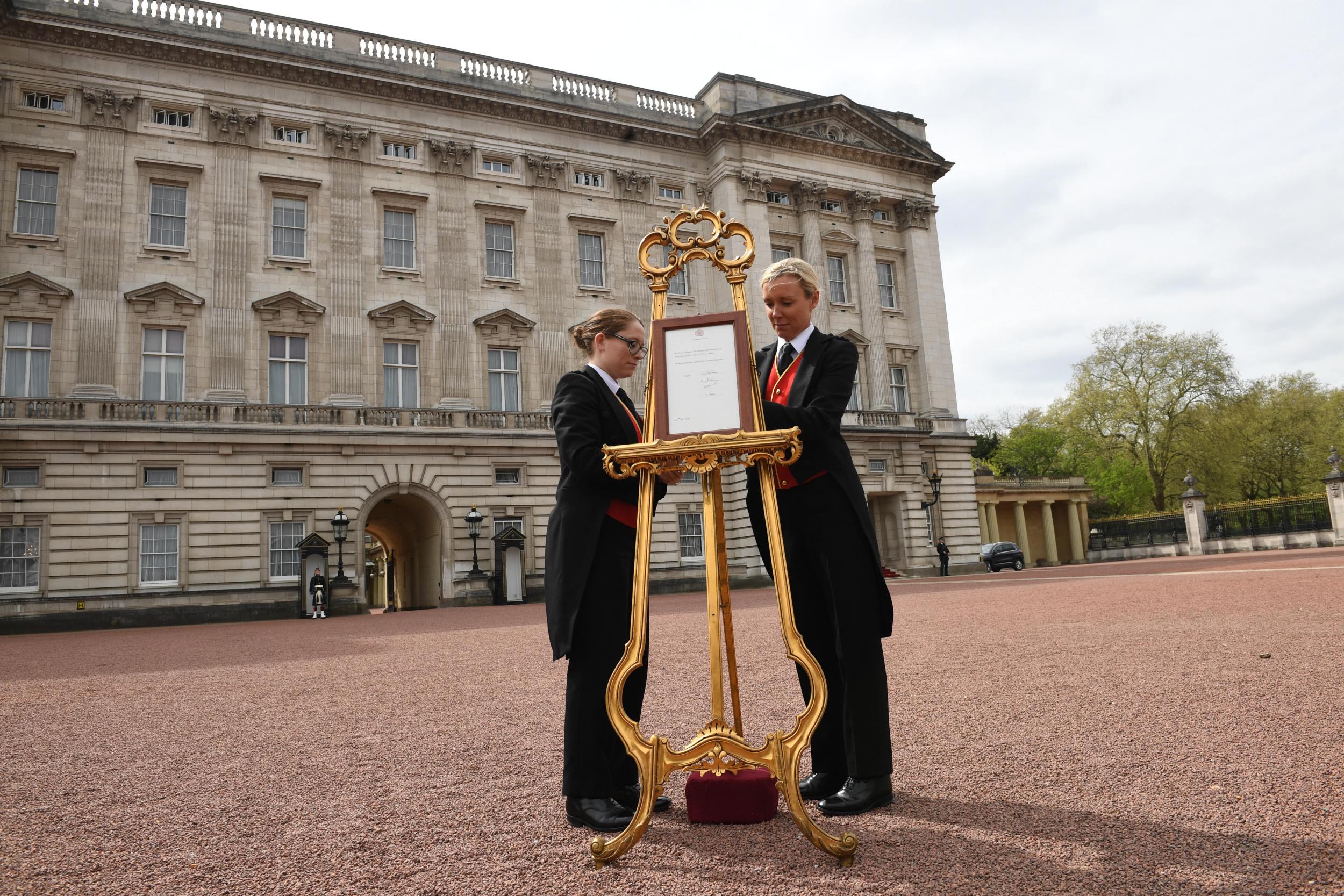
It includes details as to the baby’s gender, time of birth, as well as a status confirming the health of the mother and child.
Following royal births at the Lindo Wing in recent decades, it has also become tradition for the new parents to present their child on the steps of the hospital ward’s entrance.
Royal babies are wrapped in a G.H. Hurt & Sons blanket
For their first appearance to the world, royal children are traditionally wrapped in a blanket made by Nottingham-based knitwear company G.H. Hurt & Sons.
Prince Charles was the first royal to be bundled in a blanket by the company following his birth back in 1948.
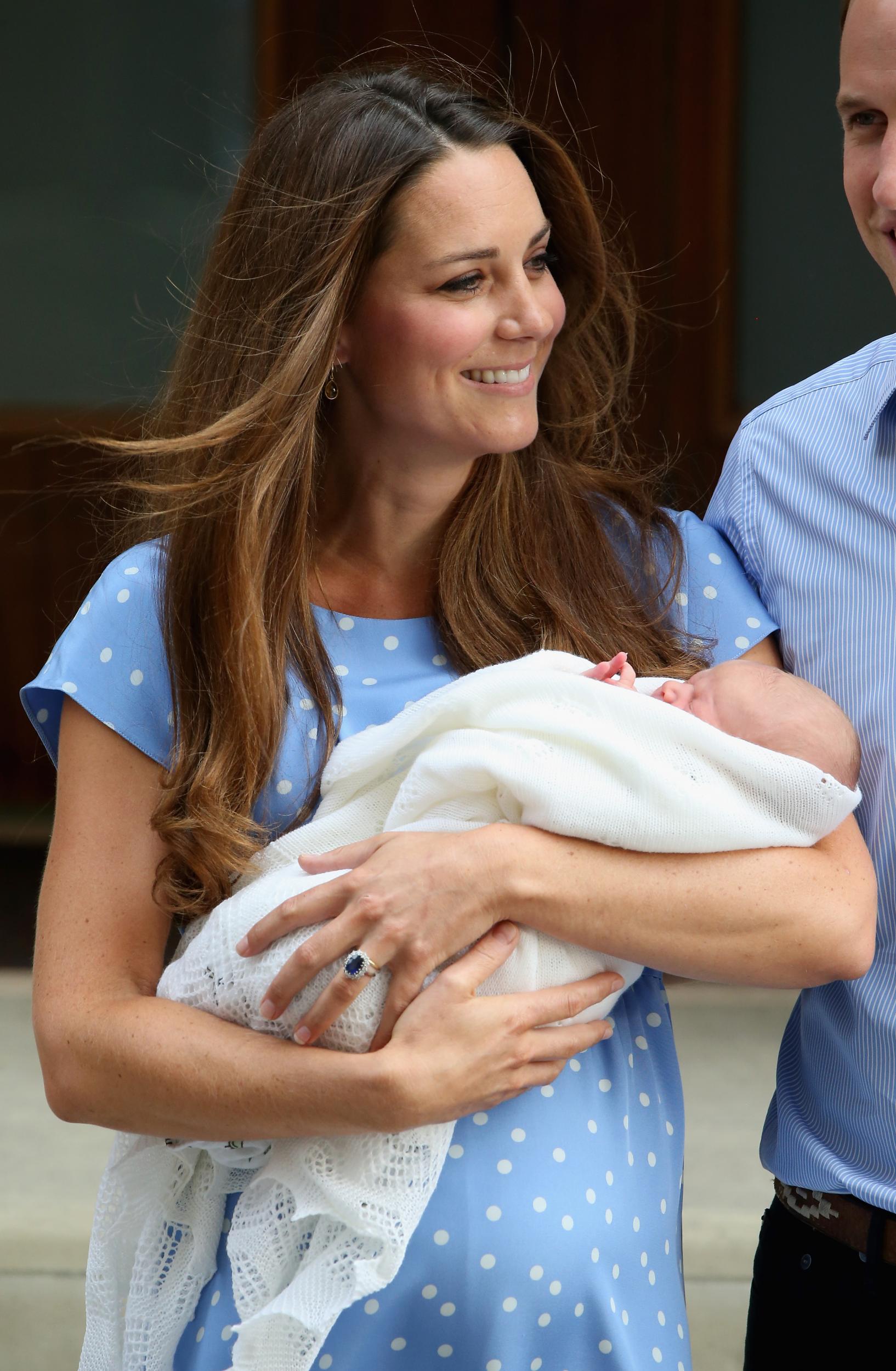
In 2013, Prince George was wrapped in one of the company’s ivory white merino wool shawl and Princess Charlotte was bundled in a scalloped edge wrap in 2015.
Prince Louis, meanwhile, was wrapped in the company’s ‘Nottingham Lace Knitted Baby Shawl’ following his birth.
The name isn’t announced for days
Following an appearance outside the Lindo Wing, it has become common practice among the royal family not to release the child’s name for several days.
After Prince George and Princess Charlotte were born, the public waited two days before learning their respective names.
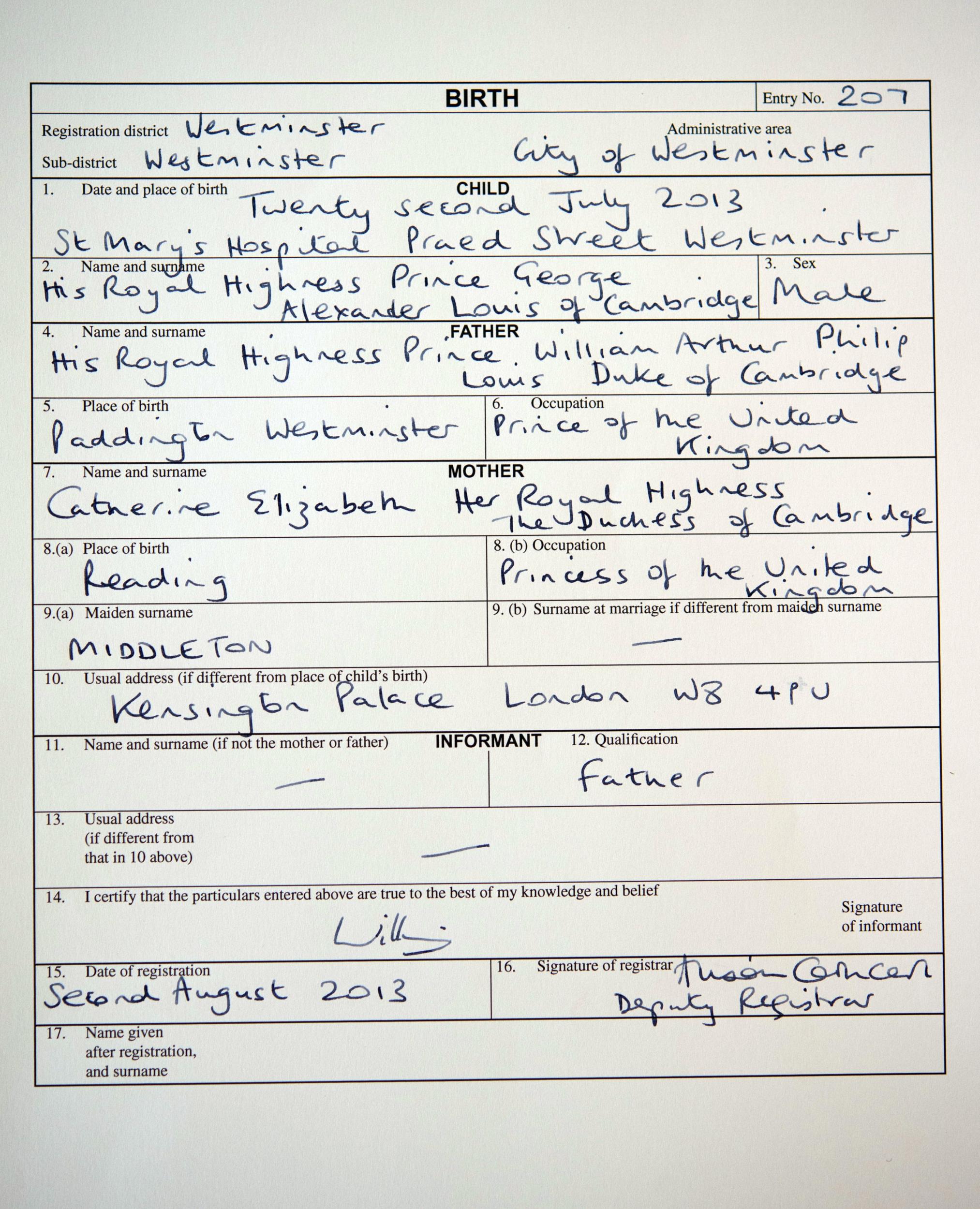
However, it was another three days before Prince Louis’ name was announced on 27 April to the world.
The child will wear a special christening gown
It is customary for the royals to pass down a christening robe for the newest member of the family to wear at their christening.
For George, Charlotte and Louis’ christenings, the trio each wore a replica of an original robe made in 1841 for Queen Victoria's eldest daughter, Victoria Adelaide Mary Louisa.
The original gown was made from white silk with a handmade lace overlay and was worn by 62 royal babies over the course of its 163 years of royal service. It was hand-washed with spring water after each christening ceremony and stored in a dark room until its next use.

George VI and the Queen wore the white lace dress, as did Prince Charles, Prince William, and Prince Harry. The last royal to wear the original gown was Lady Louise Windsor, Prince Edward and Sophie, Countess of Wessex's daughter, in 2004.
Prince George became the fourth royal child to be christening in the gown, which was reportedly replicated with the help of the Queen’s personal wardrobe advisor, Angela Kelly, in 2011
Zara Tindall’s second daughter, Lena, was the most recent royal to wear the gown at her St Nicholas Church in Cherington, Gloucestershire.
Gun salutes follow the birth announcement
It is customary for a birth announcement to be followed by a royal gun salute.
Following Princess Charlotte’s birth, volleys were fired by soldiers in Hyde Park and the Tower of London to honour her arrival at 08:34 BST on 2 May.
At 14:00 BST, soldiers from The King's Troop Royal Horse Artillery rode out in a procession from Wellington Barracks, near Buckingham Palace, to fire 41 shots.
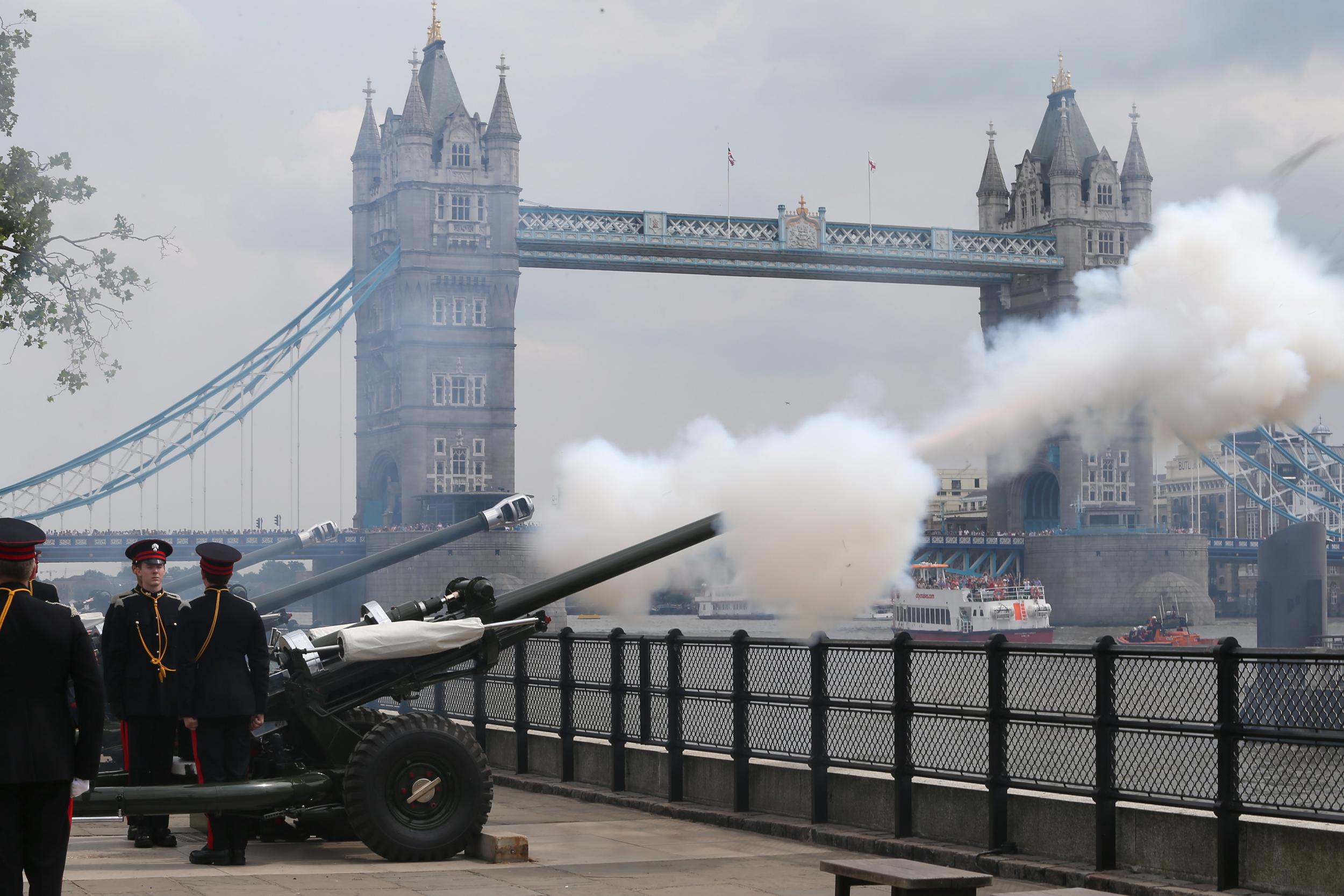
The Honourable Artillery Company also fired a 62-gun salute at the Tower of London.
Royal babies don’t automatically receive royal titles
Like other royal babies, the babies will not have a royal title unless granted by the Queen.
A Letters Patent passed by King George V in 1917 reads: "The grandchildren of the sons of any such Sovereign in the direct male line (save only the eldest living son of the eldest son of the Prince of Wales) shall have and enjoy in all occasions the style and title enjoyed by the children of Dukes of these Our Realms.”
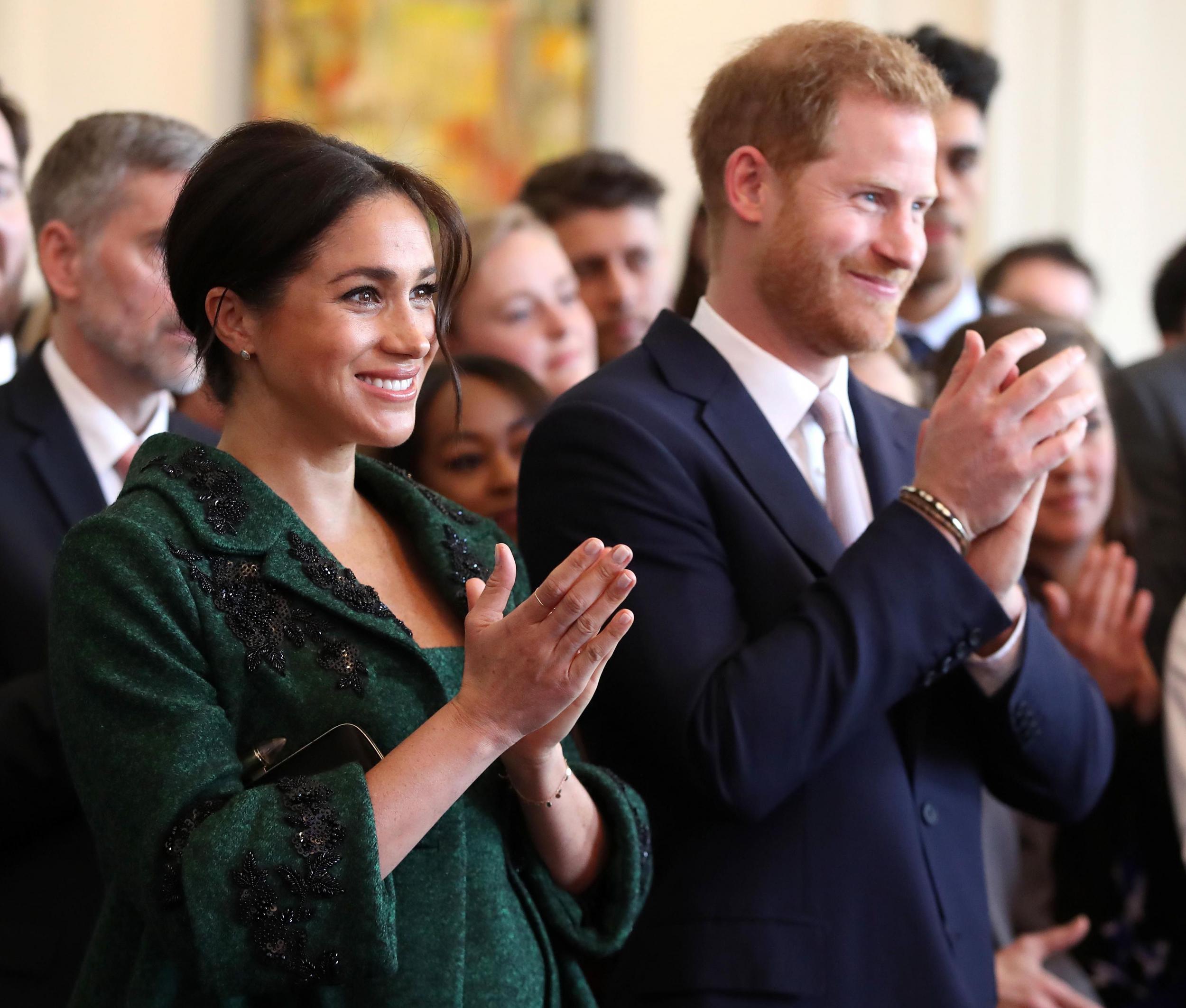
The Queen previously issued a Letters Patent for Prince William and Kate Middleton’s children.
In December 2012, the Queen issued a Letters Patent under the Great Seal of the Realm declaring “all the children of the eldest son of the Prince of Wales should have and enjoy the style, title and attribute of royal highness with the titular dignity of Prince or Princess prefixed to their Christian names or with such other titles of honour”.
This explains why Prince George, Princess Charlotte and Prince Louis all have HRH titles.





Join our commenting forum
Join thought-provoking conversations, follow other Independent readers and see their replies
Comments